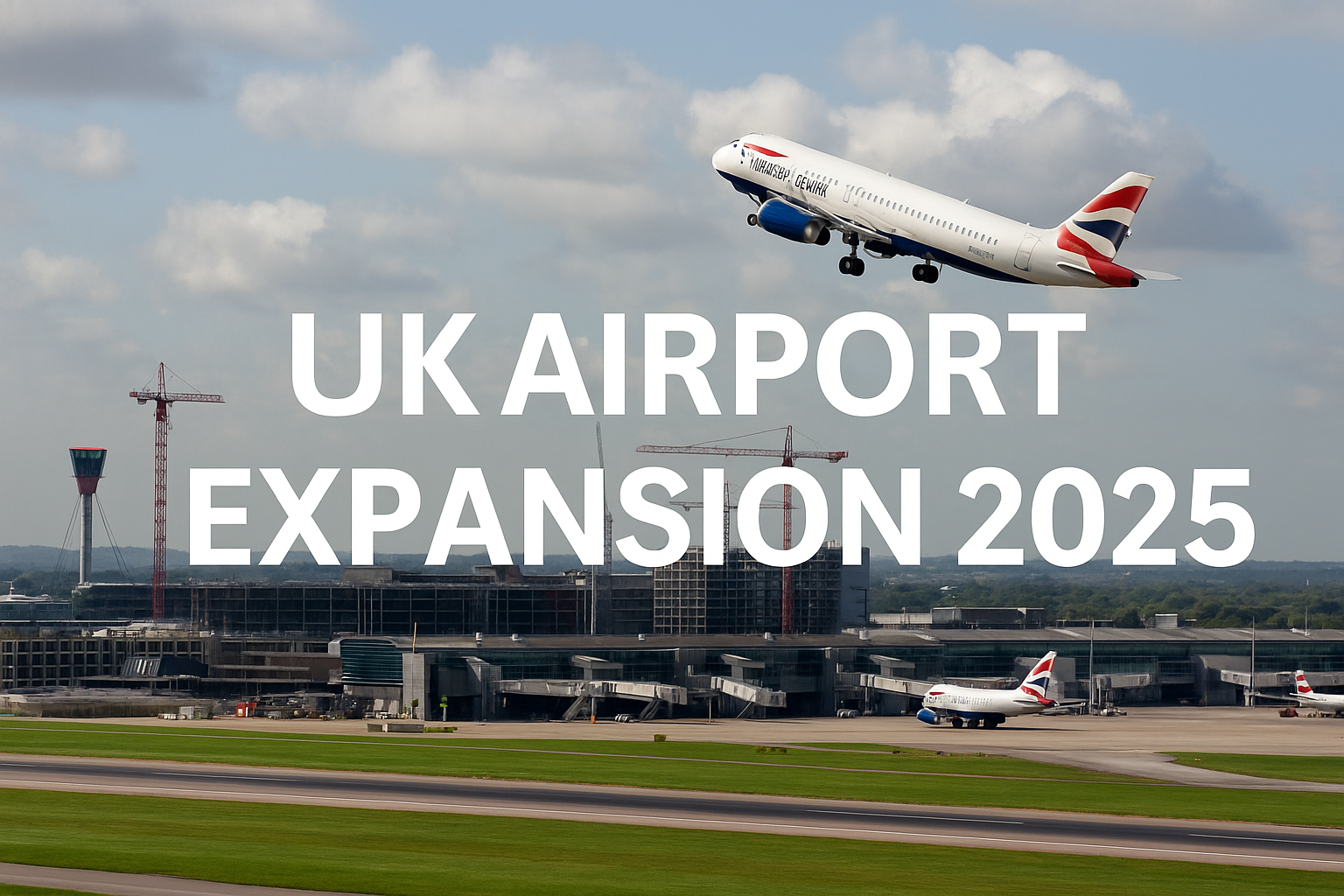Supermarine Attacker: Royal Navy FAA’s (Fleet Air Arms) first Jet Fighter
From the family of the Supermarine jet fighter aircraft, we bring to you another aircraft. The name of this aircraft is Supermarine Attacker which was the single-seat jet fighter of the navy designed as well as manufactured completely by the Supermarine. The aircraft was developed to serve the British Royal Navy’s Fleet Air Arms or commonly known as the FAA, which is one of the five fighting arms for the British Royal navy. The Supermarine Attacker holds the distinction of entering in service of FAA as their first veer jet fighter.

The Supermarine Attacker took its first flight back on July 27th, 1946 and later the testing flight phases of the aircraft had to be delayed due to many issues which included mainly with the handling of the fighter. Due to these reasons and many others, the entry of the Supermarine Attacker into the FAA’s service occurred back in August of 1951. As compared to many of the other first-generation jet fighters, the Supermarine Attacker relatively had a smaller service life before getting replaced. The reason for this early replacement was that during the 1950s and 1960s newer aircraft were emerging that were able to harness the jet engine power with more capabilities.
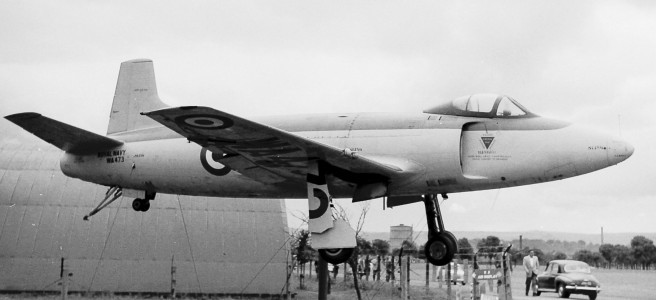
The Supermarine Attacker was ultimately retired by the FAA back in 1954 which made its active service with the organization to last for only 3 years. However, the aircraft was finally adopted by another operator; PAF (Pakistan Air Force). PAF went on to operate the Supermarine Attacker well until 1964.
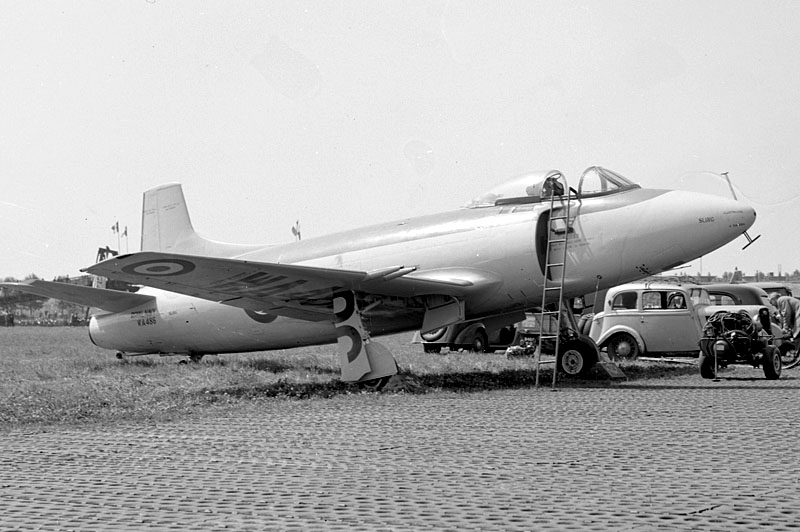
Origin and Development:-

The origin of the Supermarine Attacker came from the specification E.10/44 during the World War II era, specifically back in 1944 when the British Royal navy seemed to conclude that the prop-driven fighters were reaching their pinnacle and the future was the Turbojet power fighter aircraft. The requirement was for an aircraft that could test the Rolls Royce Nene Turbojet engine and thus the work on the aircraft named at the time Supermarine Spiteful was started. This Supermarine Spiteful aircraft was the one that went on to gave way for the development of Supermarine Attacker which in its early years was also known by the name Jet Spiteful.

After the test flights of Jet Spiteful were successful Royal Navy tasked Supermarine with the development of 3 fully complete and flyable prototypes to move along the project. These aircraft were delivered back in August 1944 when the doubt of World War II was still in doubt. This was the reason the Royal Navy and the Royal Air Force both decided to stock their inventories with this aircraft. For RAF, the land-based model of the Supermarine Attacker was developed.
Design:-

The completed model of the Supermarine Attacker was an aircraft that had the designs mixed into one from the aviation eras like utilization of the straight wings and the tail dagger undercarriage. Mainplanes were placed ahead of the midship just like the old World War II monoplanes and a single tail unit at the end of the fuselage. The turbojet engine was fitted deep within the aircraft’s fuselage and the pilot would sit beneath a framed canopy near the aircraft’s nose which was not only short but also conical.
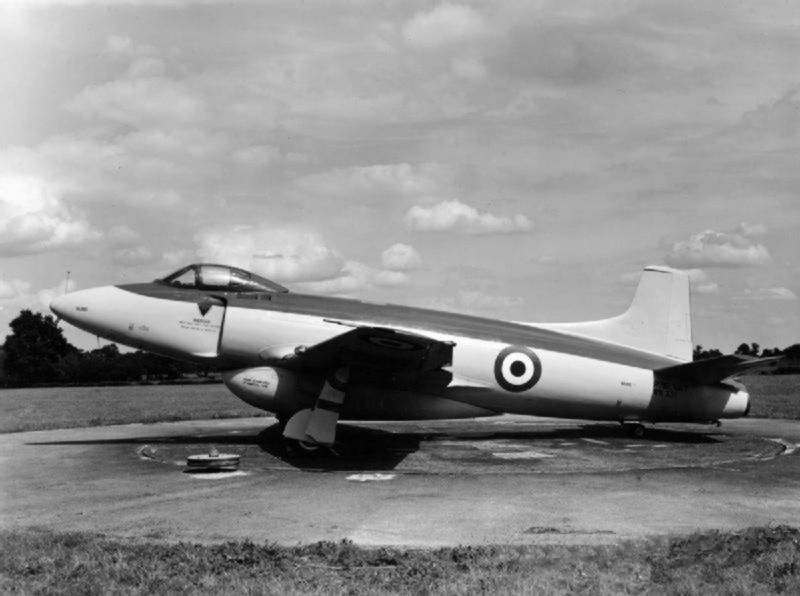
Due to the Supermarine Attacker being used from aboard the British Aircraft Carriers, their wings were given folding capabilities but it was limited to the wingtips. For carrier operations, the undercarriage of the Supermarine Attacker was reinforced for bearing with rigors of the operations. A tail hook was also seated right under its tail.
Powerplant, Performance and Other specs:-
Power to the Supermarine Attacker was supplied by one Rolls Royce Nene turbojet engine which could generate a thrust of about 5000lbs. with this much power, the aircraft could muster a top speed of 590 mph for a combat range of 590 miles at a service ceiling of 45000 feet and rate of the climb being 6350 ft/min.
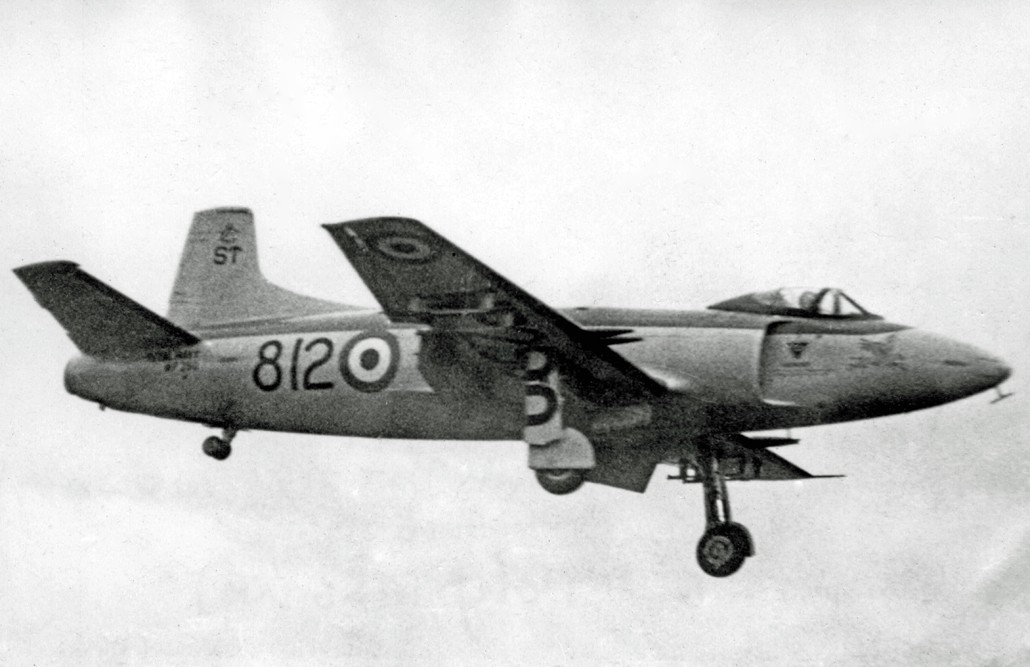
A completed structure of a Supermarine Attacker would have a length of about 37.5 feet with wingspan being 36.10 feet and a height of about 9.10 feet. The aircraft’s empty weight was 84350lbs with MTOW (Maximum Takeoff Weight) being 12125 lbs.
Armaments:-
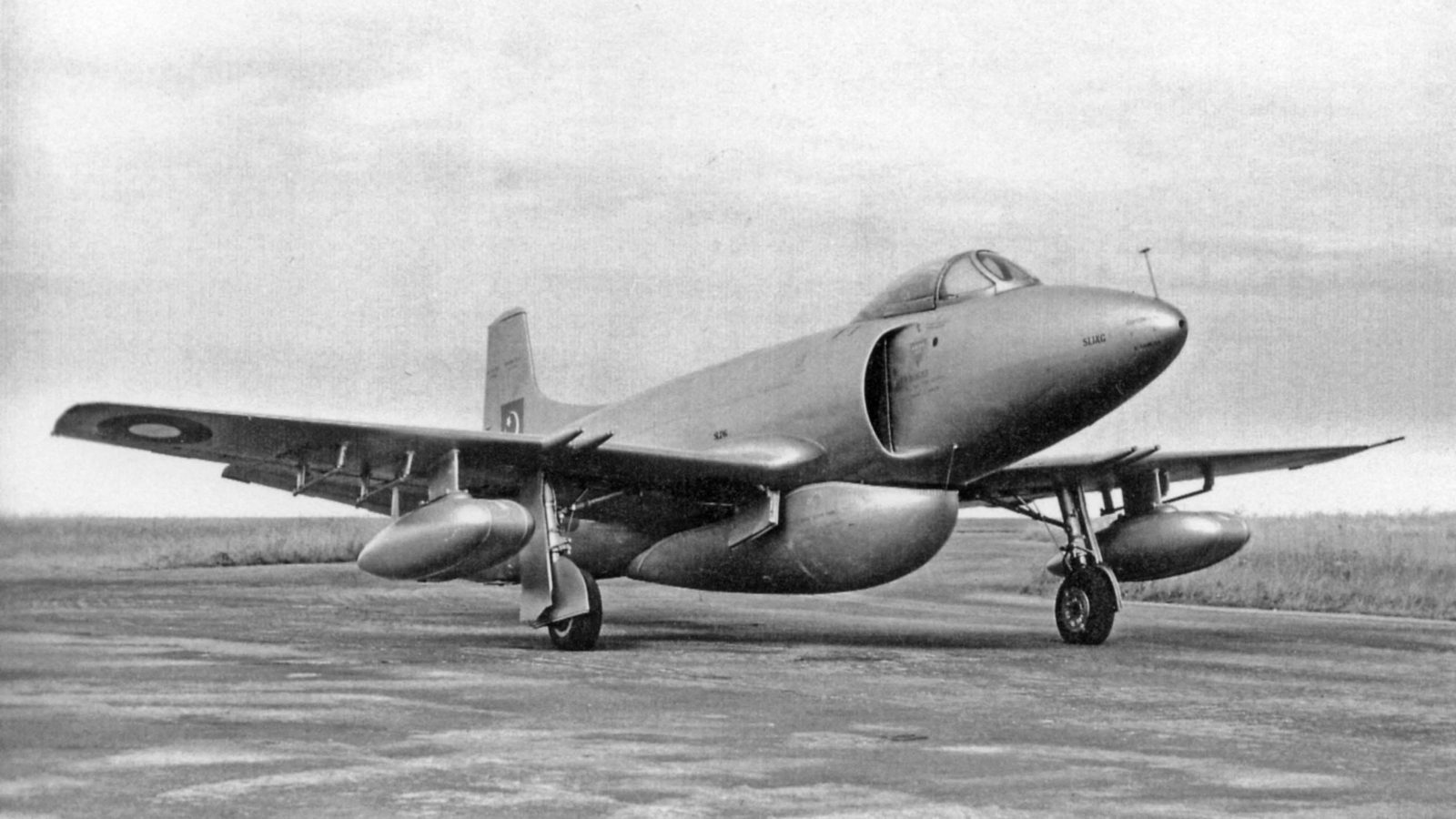
In the standard armament configuration of the Supermarine Attacker, it was fitted with 4 of the 20mm Hispano No. 3 Mark 5 automatic cannons internally.
As for the fighter bomber version of the Supermarine Attacker, the aircraft would be fitted with 4 of the 20mm Hispano no. 3 Mark 5 cannons along the leading edges of each mainplane. In addition to this, the fighter bomber version of the aircraft would also be equipped with 2 conventional drop bombs that were mounted under its wings.

These underwing hardpoints were also equipped often with air-to-surface unguided rockets.
Supermarine Attacker variant operated by Pakistani Air Force:-

Back in the early 1950s, the RPAF (Royal Pakistan Air Force) which became PAF (Pakistan Air Force) was looking for new jet fighters. PAF went on to acquire one variant of the Supermarine Attacker which was designated as Type 538; the de-navalised version of the Supermarine Attacker was also used once by FAA.
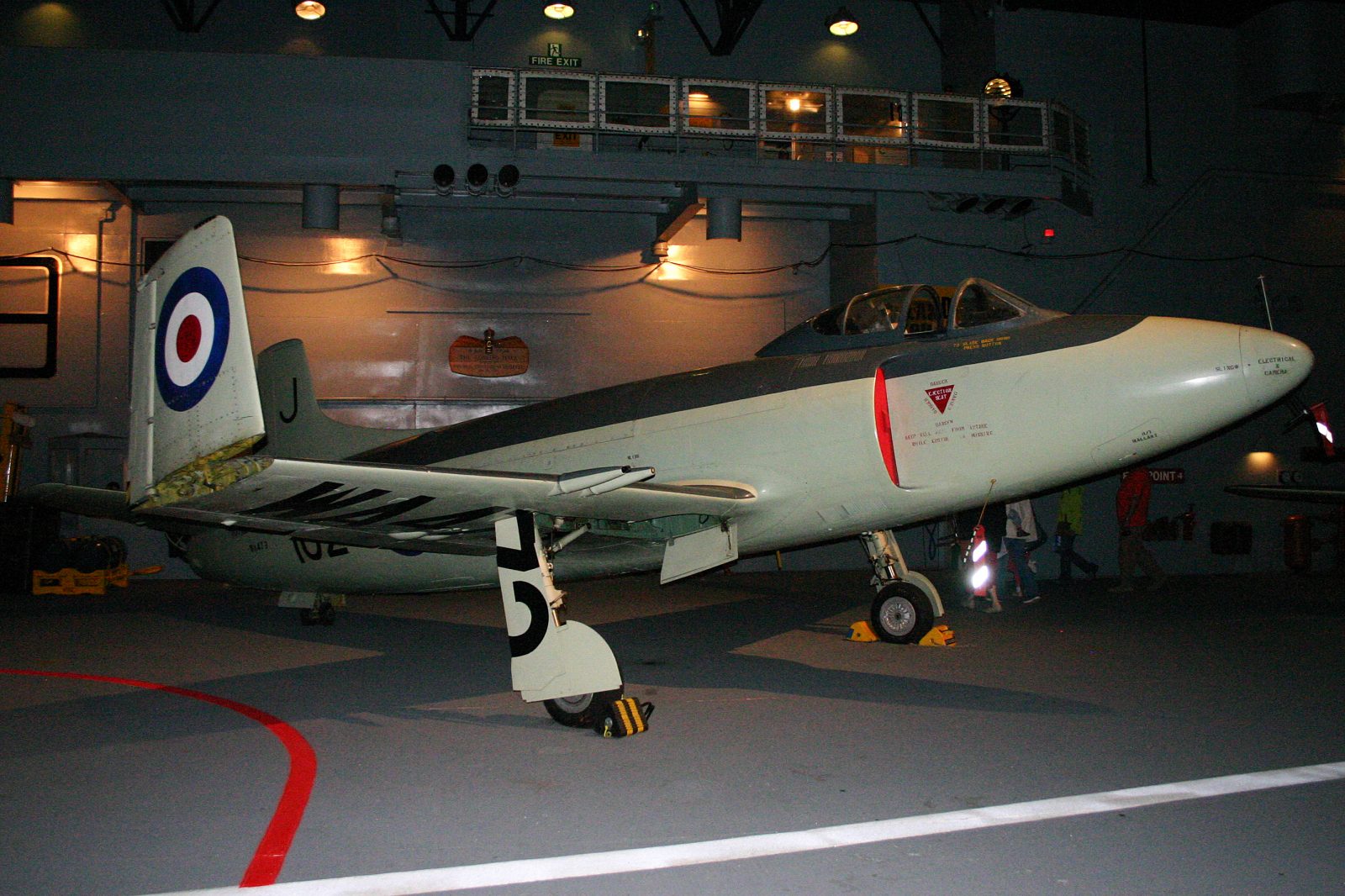
Only 1 squadron of PAF was equipped with this aircraft; the Interceptor unit no. 11 “Arrows” Squadron. This squadron received its first Supermarine Attacker aircraft back in 1953 and went on to have 36 of them in total. After Supermarine attacker, the Arrows Squadron was converted to the US-built North American F-86 Sabre in 1956. But some of the sources claim that the Supermarine Attacker was used by PAF well until late 1964.
Total number of Supermarine Attackers produced:-
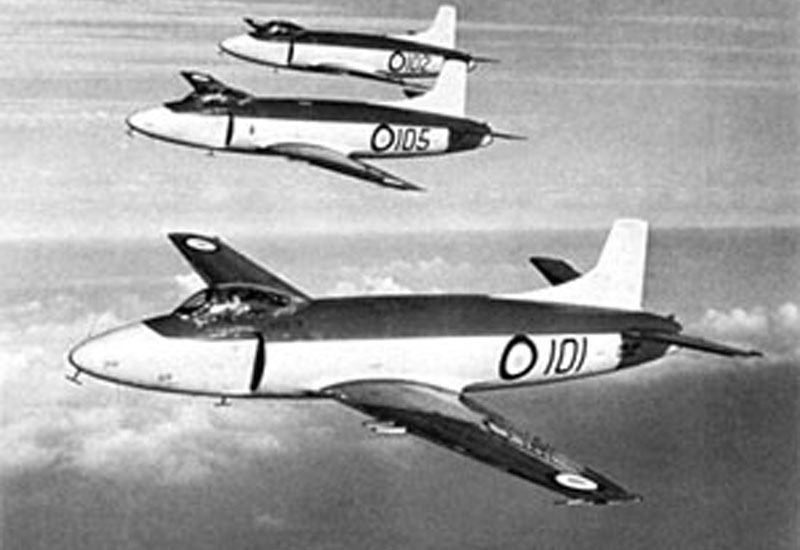
The aircraft ran into many problems during its early testing phases and could never display any notable service expect to be the FAA’s first jet fighter. This is why only 182 of these jet fighters were manufactured.
Retirement:-
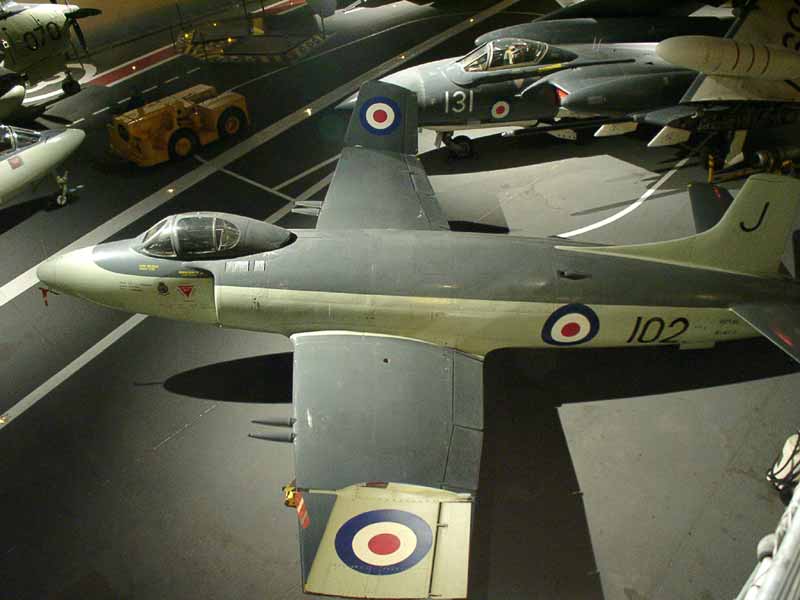
The FAA retired its fleet of Supermarine Attackers back in 1953, which is only 3 years after entering the active duty service. As for the other operator of the Supermarine Attacker; the PAF, they retired their fleet of Supermarine Attackers back in 1958 but sources claim they retired them in 1964.
Related Content
Supermarine Seafire; British Royal Navy’s Carrier-based Fighter Aircraft
Lockheed P2V Neptune; The ASW (Anti-Submarine Warfare) Aircraft of US Navy
Northrop F-89 Scorpion: The First Jet-Powered Interceptor Of USAF
Share this content:
